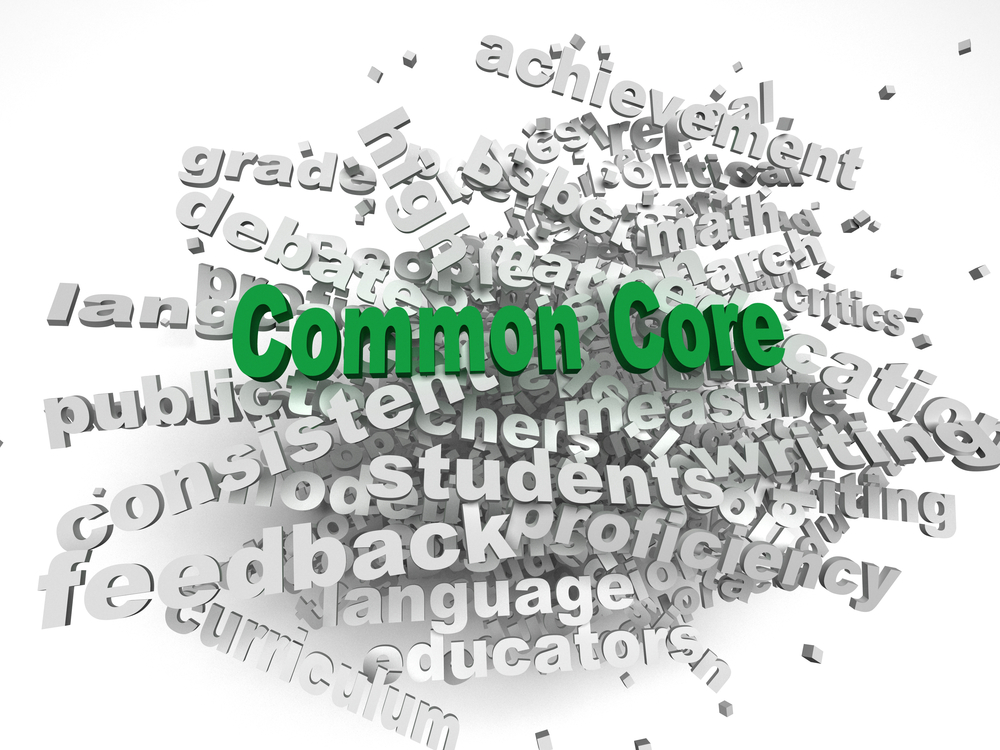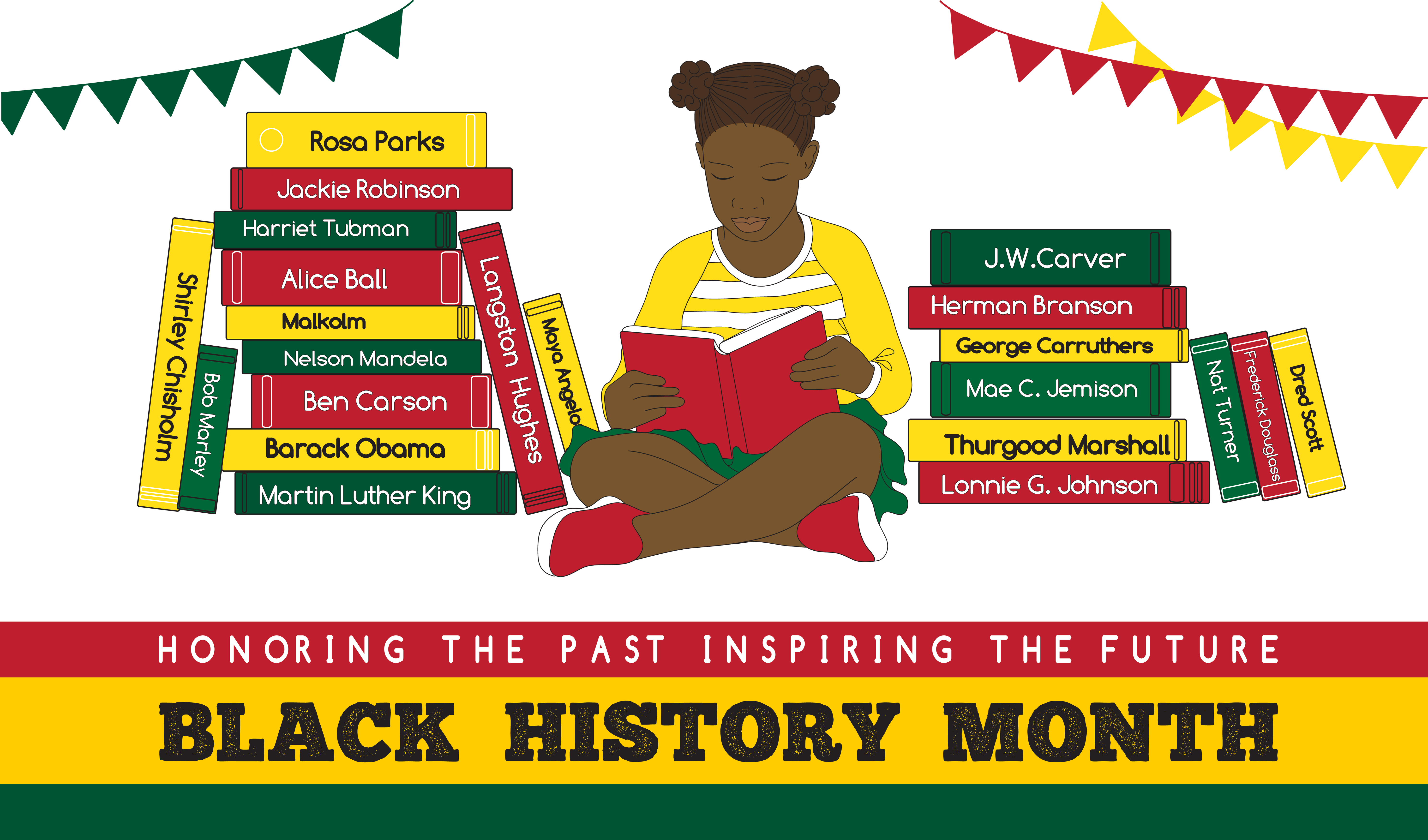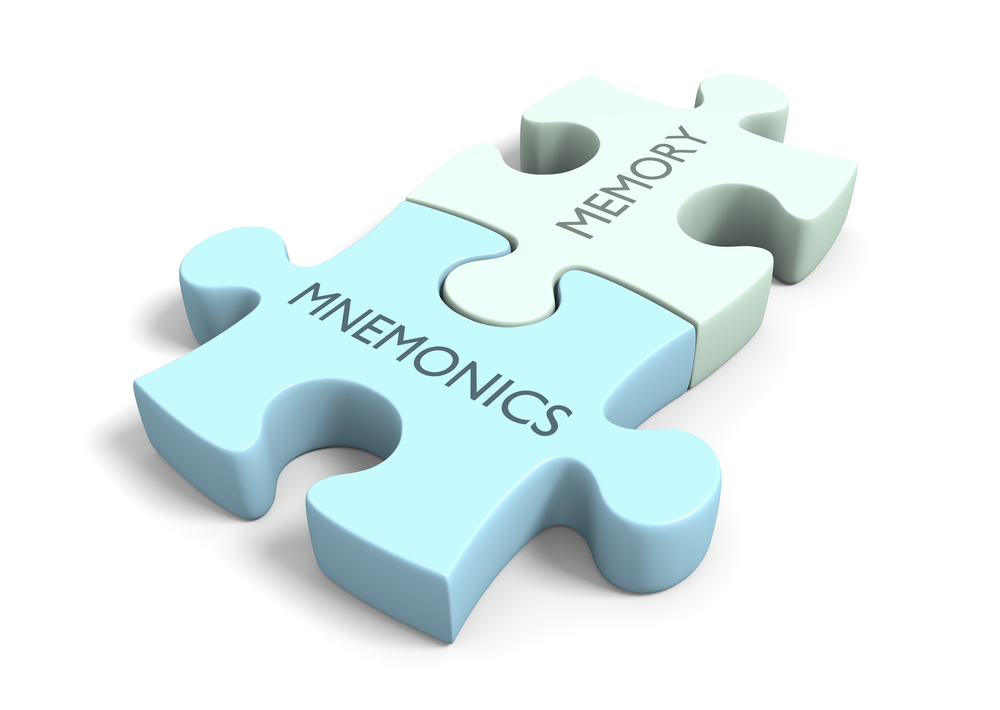Normal Alphabet worksheets activities for Ages 5-9
9 filtered results
-
From - To
Discover engaging Normal Alphabet worksheets designed for children ages 5-9, perfect for enhancing literacy skills in a fun and interactive way. Our activities focus on recognizing, tracing, and writing letters, ensuring a solid foundation in the alphabet. Children can explore colorful worksheets that promote fine motor skills and letter familiarity while enjoying a captivating learning experience. These resources are ideal for both classroom settings and homeschooling, providing teachers and parents with effective tools to inspire young learners. Give your child the confidence they need to achieve reading success with our thoughtfully crafted alphabet activities! Visit us to start exploring today!
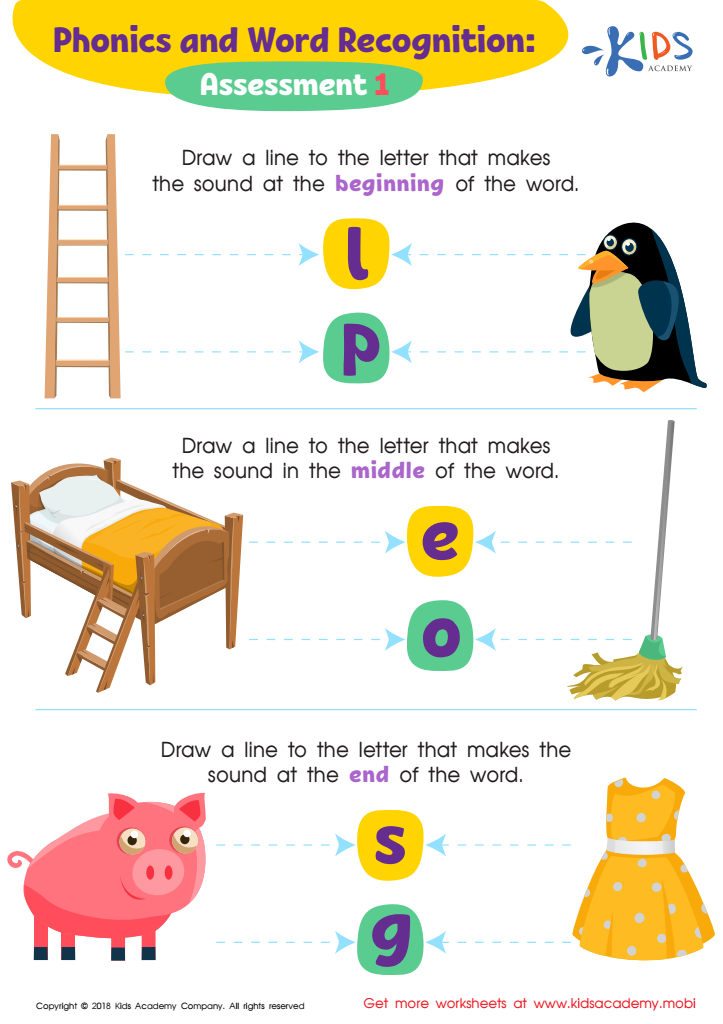

Phonics and Word Recognition: Assessment 1 ELA Worksheet
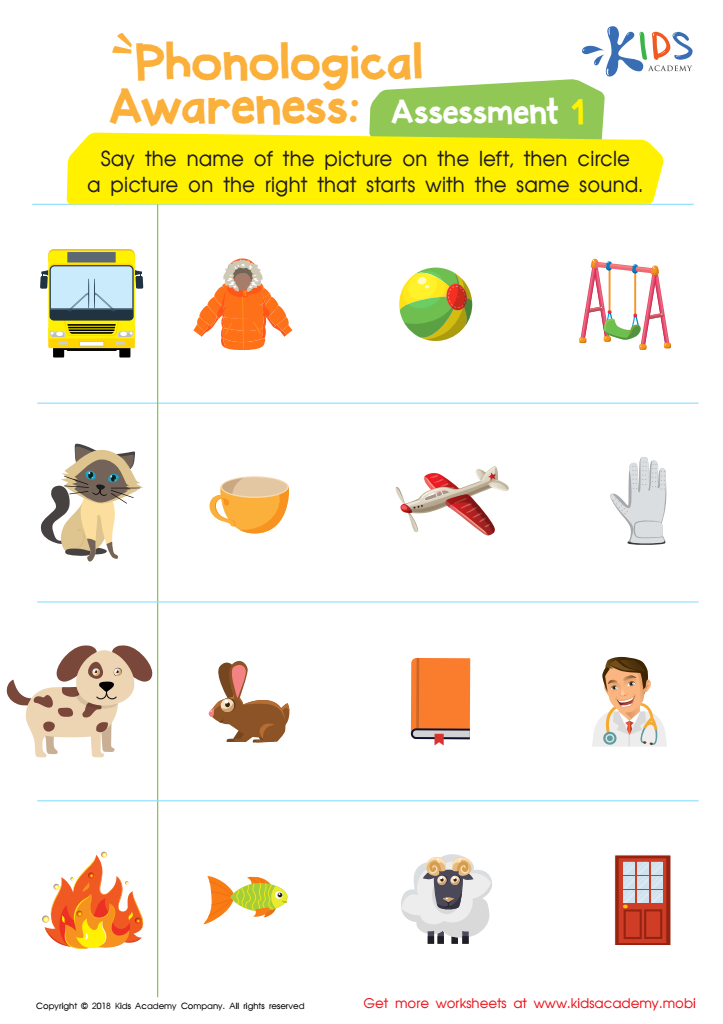

Phonological Awareness: Assessment 1 Worksheet
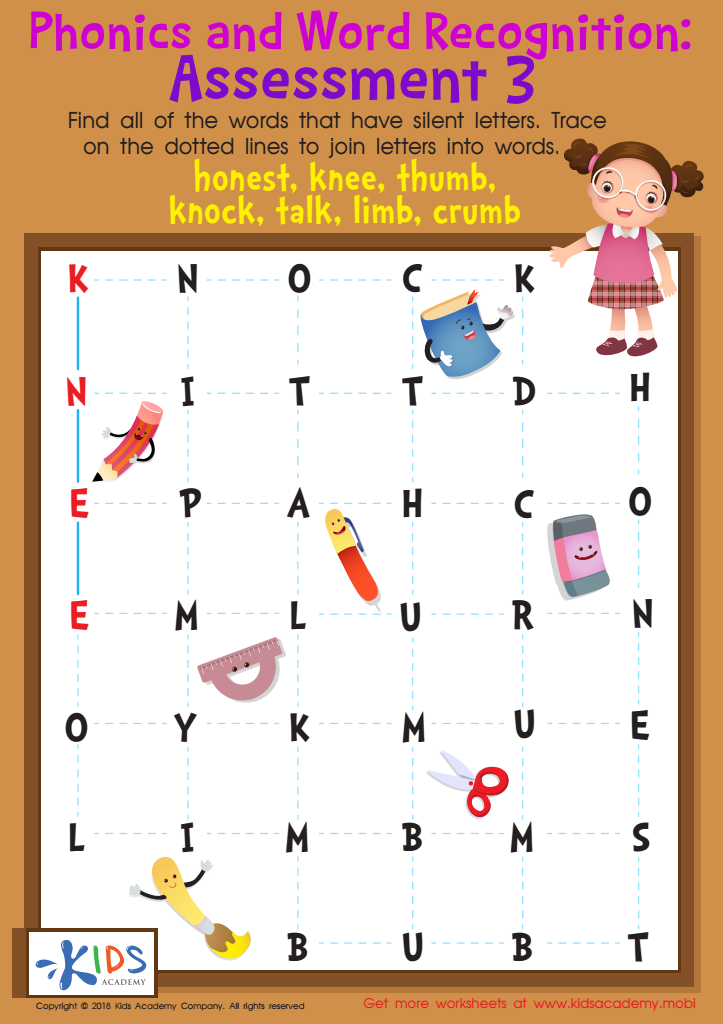

Phonics and Word Recognition: Assessment 3 Worksheet
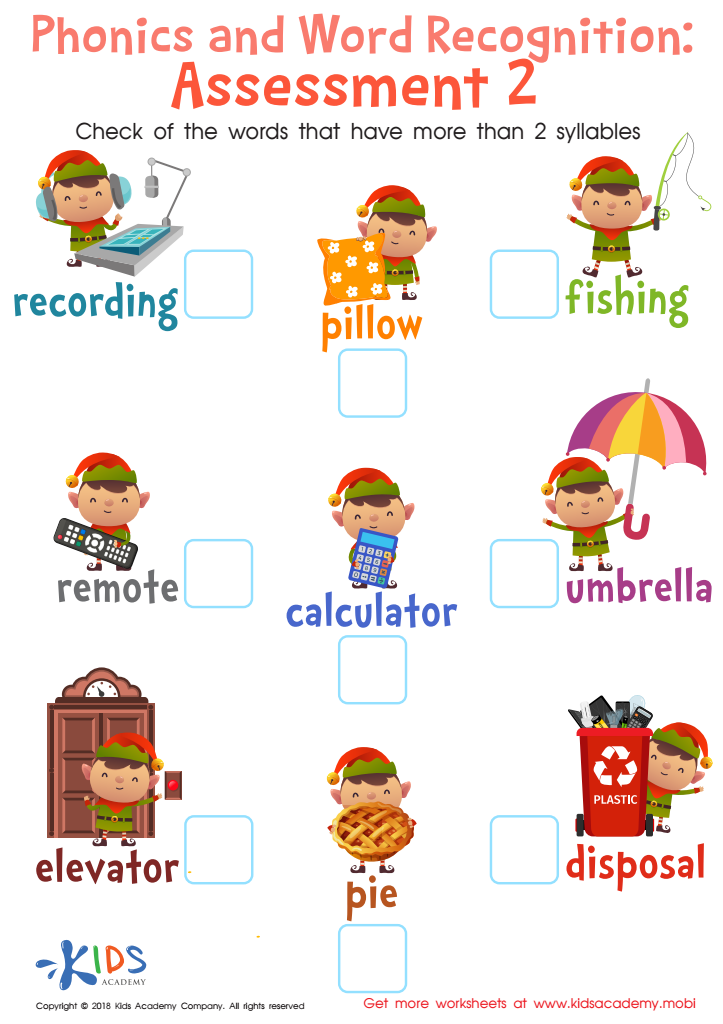

Phonics and Word Recognition: Assessment 2 Worksheet
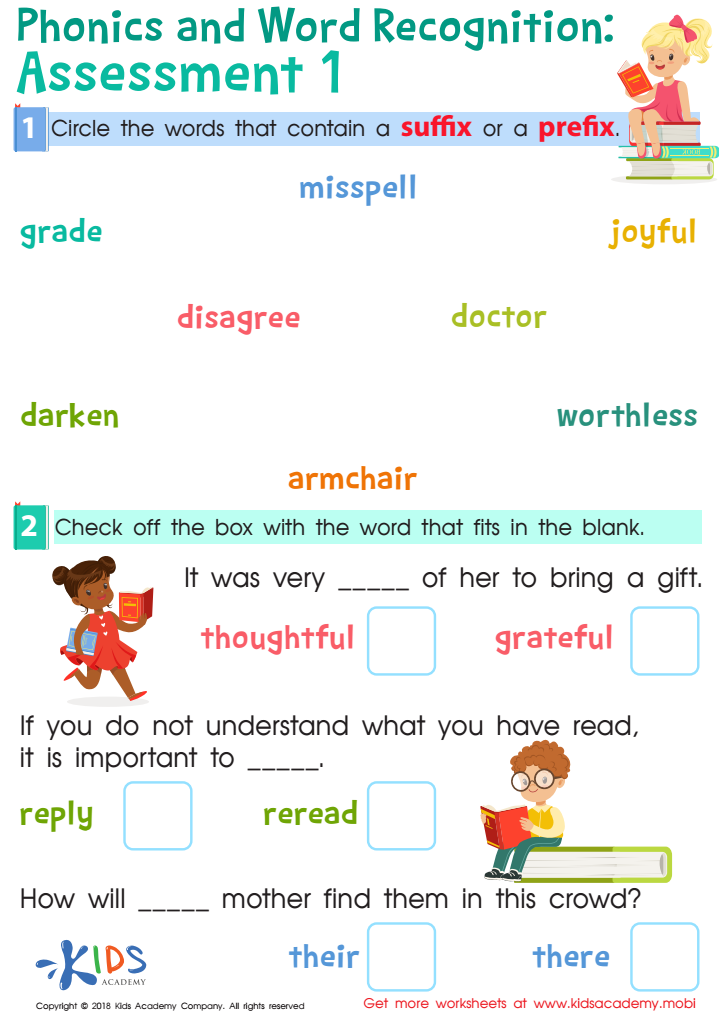

Phonics and Word Recognition: Assessment 1 Worksheet
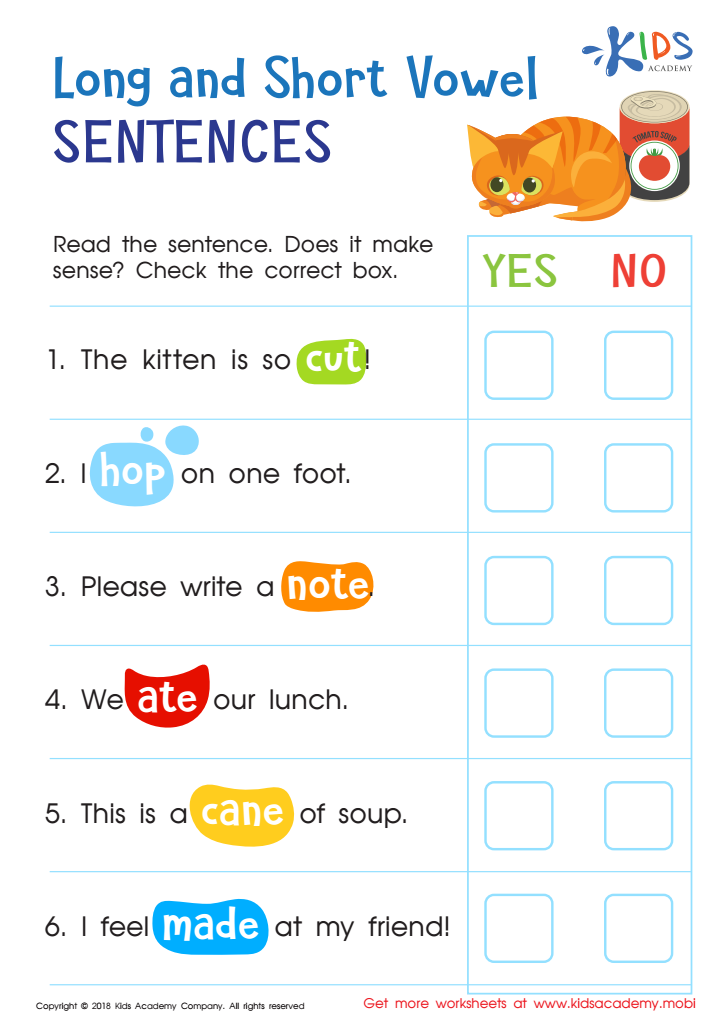

Long and Short Vowel Sentences: Assessment Worksheet
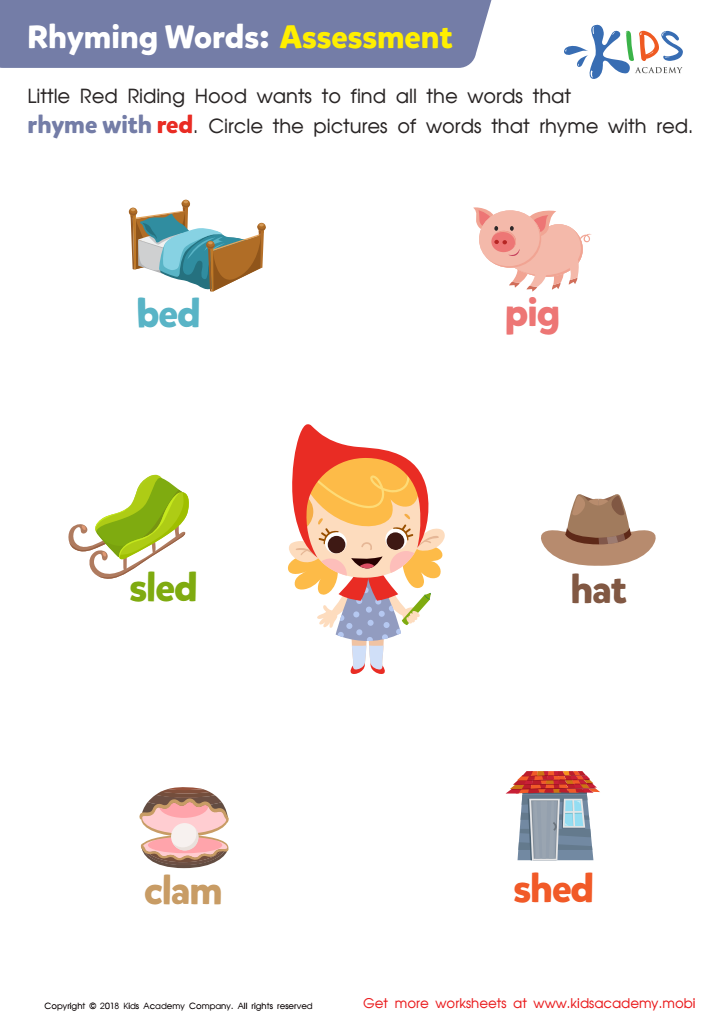

Rhyming Words: Assessment Worksheet
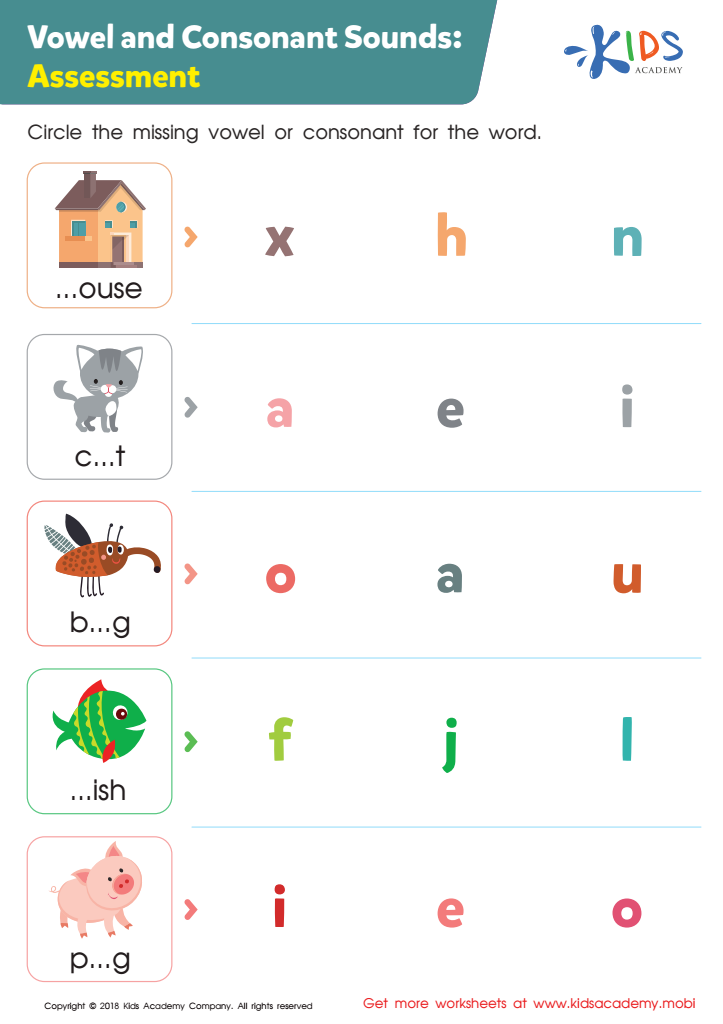

Vowel and Consonant Sounds: Assessment Worksheet
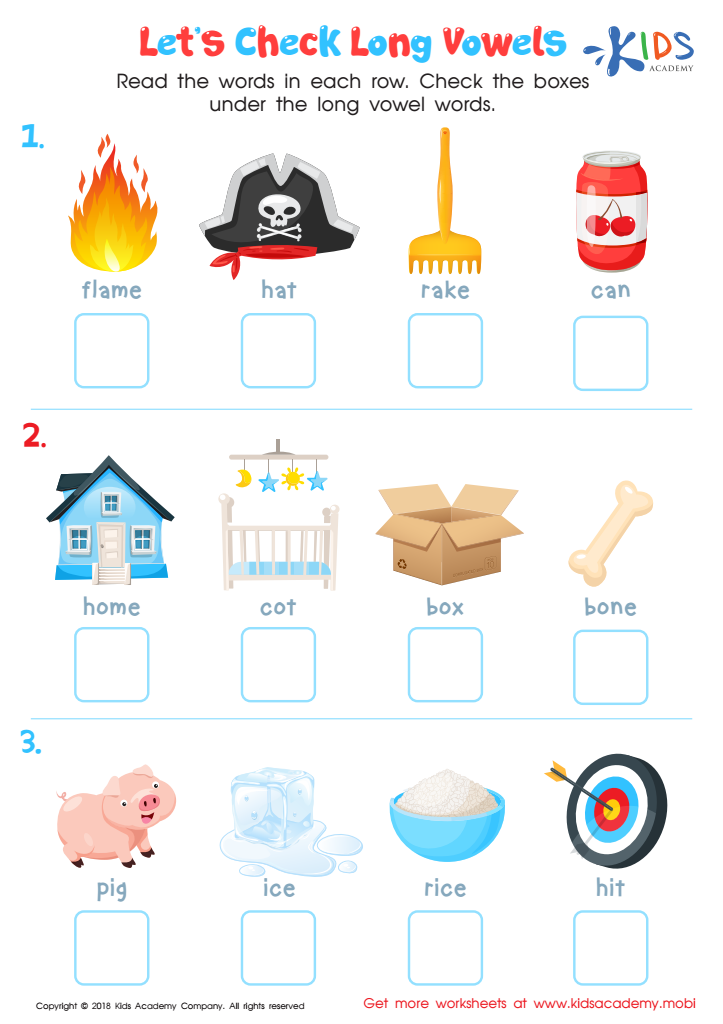

Let's Check Long Vowels: Assessment Worksheet
Normal Alphabet activities for children aged 5-9 are crucial for early literacy development and engagement. At this age, children are building foundational skills in reading and writing, and these activities provide essential support in learning letter recognition, phonetic awareness, and basic vocabulary. Engaging with the alphabet through fun and interactive means, such as games, crafts, and storytelling, captures children's interest and makes learning enjoyable.
Parents and teachers should prioritize these activities as they foster cognitive development and enhance fine motor skills. Hands-on experiences help solidify understanding, making it easier for children to apply knowledge in real-life contexts, such as forming words and sentences. Furthermore, Normal Alphabet activities encourage social interaction and collaboration, which strengthen communication skills and build confidence.
In addition, established routines of integrating alphabet activities can be a significant bonding experience. Parents and teachers participating together reinforce positive learning habits and nurtures an environment that values education. Fostering a love for literacy early on can set the stage for lifelong learning and academic success. Ultimately, prioritizing normal alphabet activities empowers children to become proficient communicators, preparing them for future educational challenges.

 Assign to My Students
Assign to My Students


